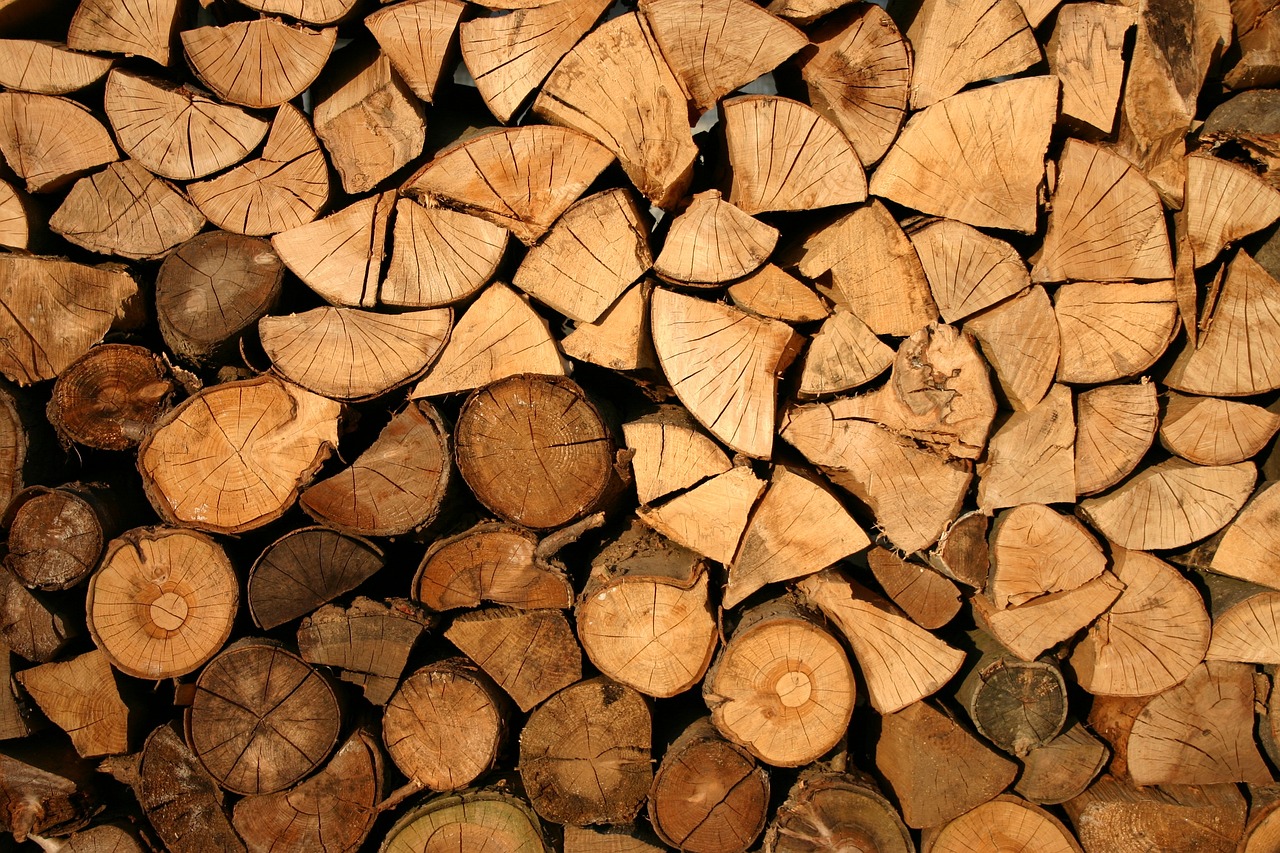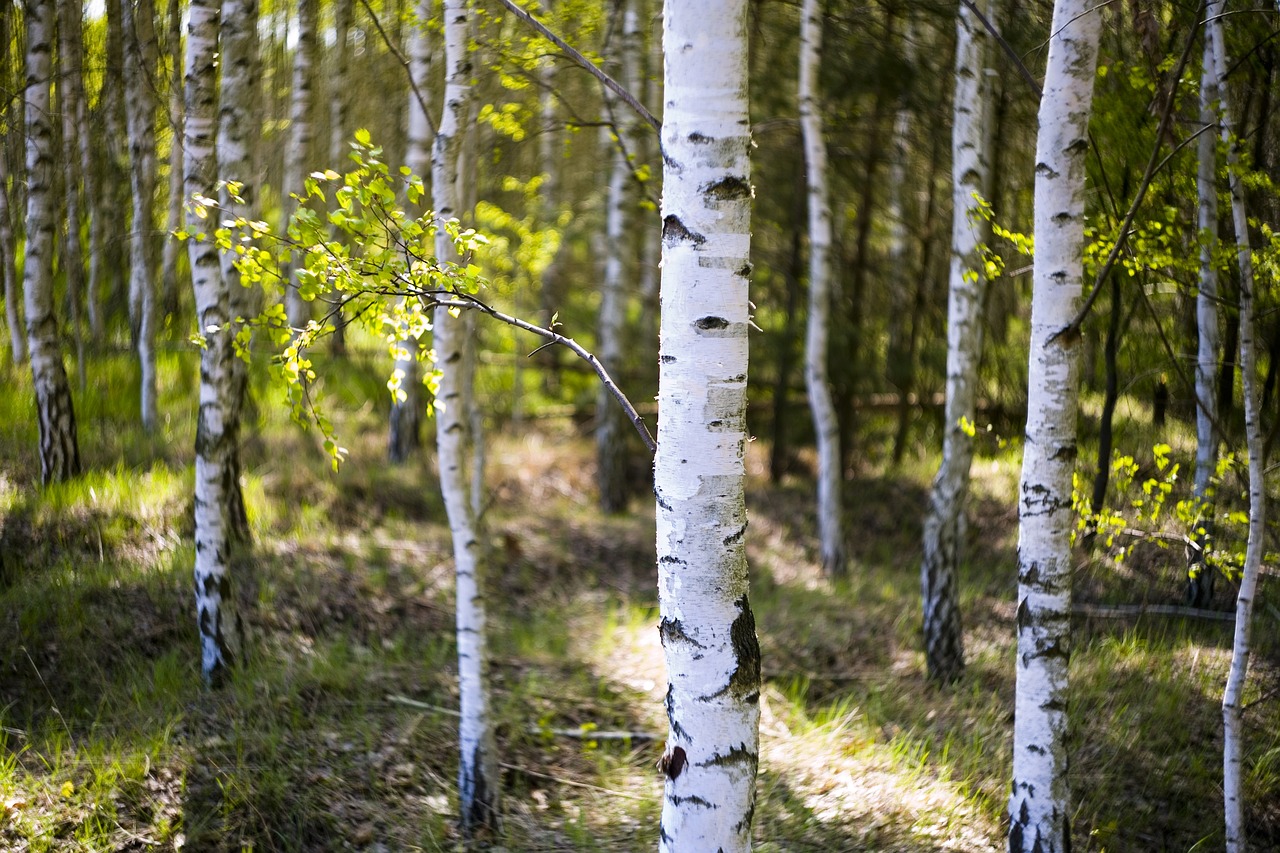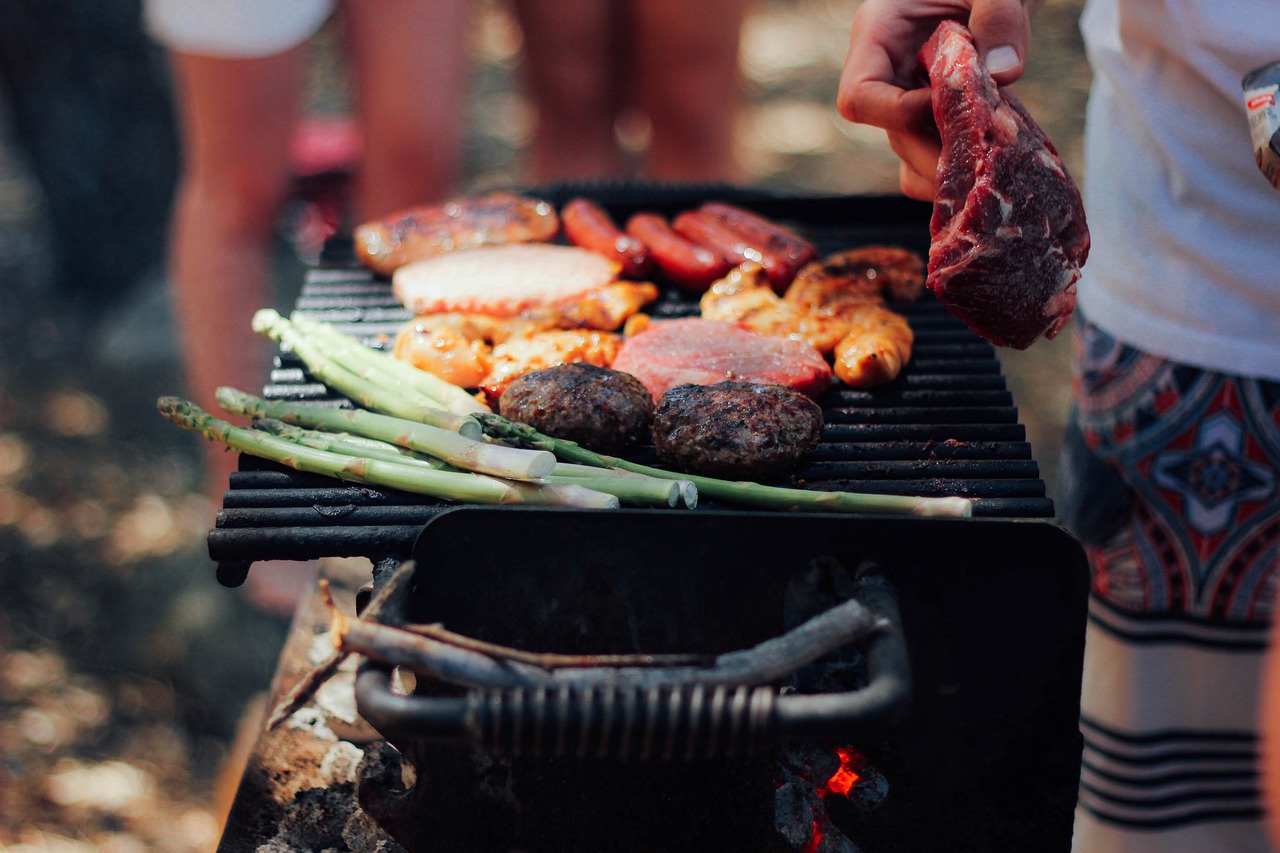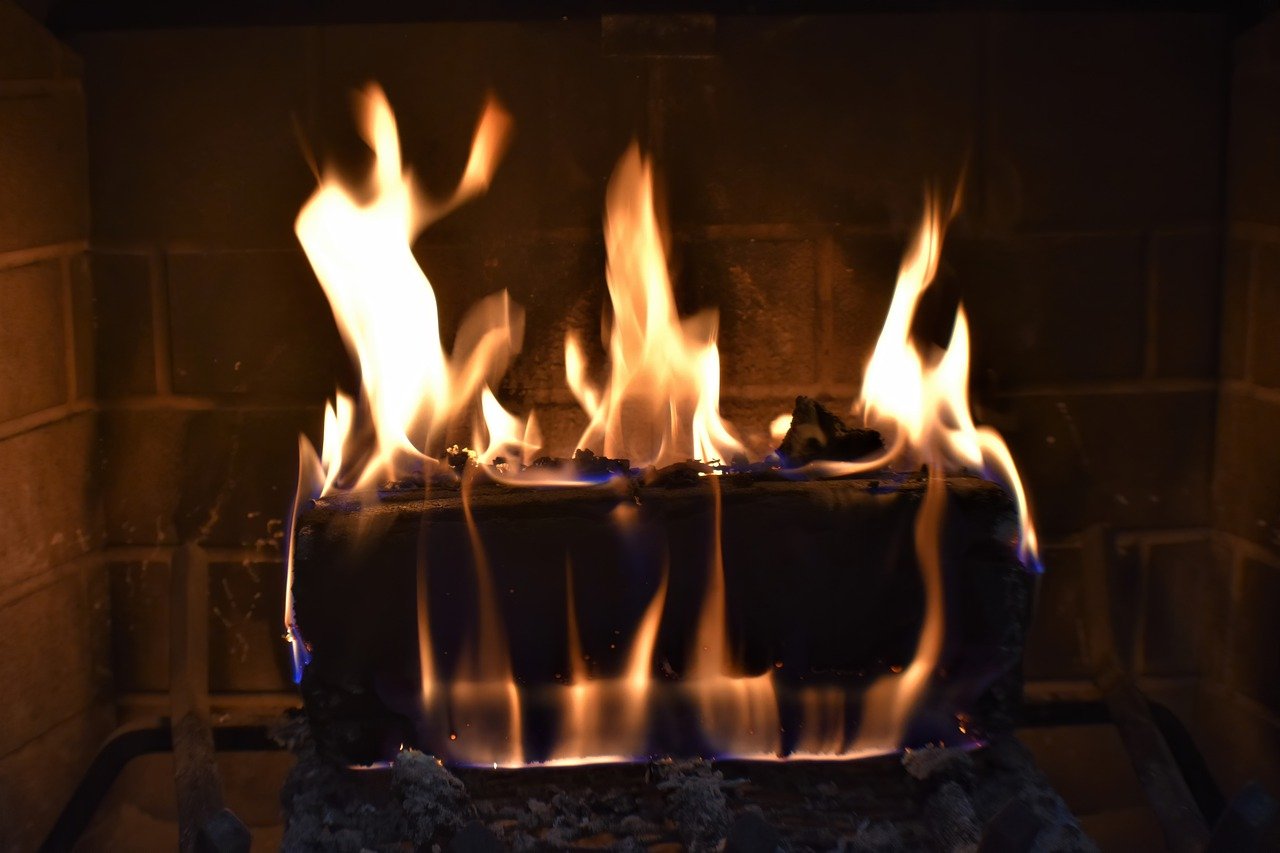Heat logs are manufactured, produced by using compressed saw dust, straw, and paper. In some cases, they may include leaves. The quality of the heat log is determined by the height of the compaction rate. When buying heat logs, it’s important to ensure you are choosing a reliable product that will offer you excellent heating for your home during the winter season.
The most common question many people ask is whether heat logs are more expensive or cheaper than buying traditional firewood. The fact is that you will find traditional wood is cheaper than heat logs initially, but in the long run, they work out more expensive.
Traditional wood is cheap to purchase, often needing to be stored for an extended period to remove any moisture. When burning them on your fire or in your wood burner, you tend to use more traditional logs to heat the space. This can result in you having to stock up on traditional wood numerous times during the winter.
Heat logs, on the other hand, are more expensive initially, but they offer excellent savings in the long run. They are easy to store, they do not need to be dried, and they burn for longer. This means you use less heat logs per fire, warming your home with ease. You are likely to save money choosing this option over traditional firewood.
Consistency
Heat logs offer good value for money because of their consistency. They are manufactured and therefore remain consistent in their composition and quality. Each batch you purchase ensures good results. Traditional firewood, on the other hand, varies in size and moisture content, meaning you will probably have to buy numerous times during the winter season, costing you more in the long run.
Expansion
Another way heat logs work out cheaper than traditional wood is how many you need on each fire. Heat logs are compressed. This means once heated, they expand. You don’t want to put too many heat logs on your fire, as they can expand to a point where they fall out. Traditional firewood, on the other hand, only expand slightly, as they are not compressed. Therefore you tend to use more wood to heat your home.
but will not have the same effect.
Space Saving
You can save money by using heat logs, as they do not have storage requirements. Traditional firewood needs a storage space where it stays dry. This means having to build a shed in your back garden to accommodate your wood supply for the winter. Heat logs are lighter and easy to handle, though they do need storage where they are kept dry. You can easily stack them under your fireplace or near your wood burner, as they are the same shape and size, making storage considerably easier.
Benefits of Heat Logs
In addition to saving you money in the long run, heat logs offer a wealth of excellent benefits, including:
- Natural – heat logs are made using natural products and are free from binding agents and chemicals
- Sustainable – Heat logs are environmentally friendly and sustainable. They are made using products from sustainable forests
- Multiple Uses – heat logs can be used in a variety of heating options, including wood burners, multi fuel stoves, and fire pits
- Burn time – They have an excellent burn time, heating your space quickly and lasting up to four hours, reducing how many you need to warm your home in winter
- Cleaner – heat logs are known to provide a clean heating solution, meeting regulations and standards in certain areas
- Low Moisture Content – Heat logs tend to have a moisture content that is less than ten percent. This ensures their efficiency
- Very few emissions – Heat logs are known to produce very little smoke and ash, helping to reduce your carbon footprint
- Saves you money – While more expensive initially, the number of heat logs you need to heat your home, combined with their long burning time, can save you money in the long run.
In Summary
While you may find you pay more for heat logs initially, they will save you money in the long run. You will find that you need fewer logs to heat your home, they burn longer, keeping you warmer for longer, and in turn, they can save you money this winter season.





